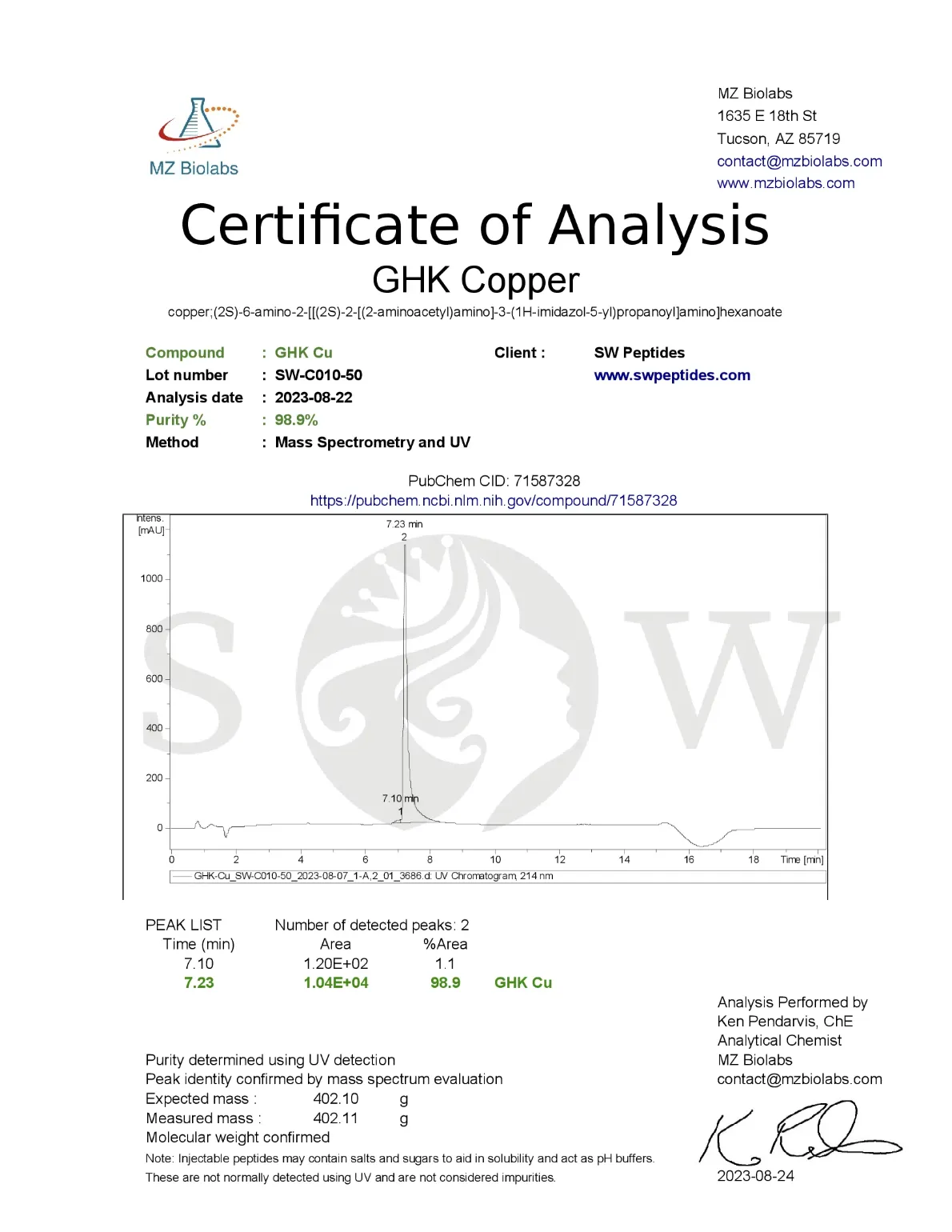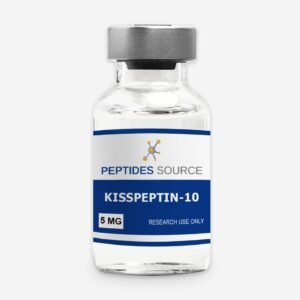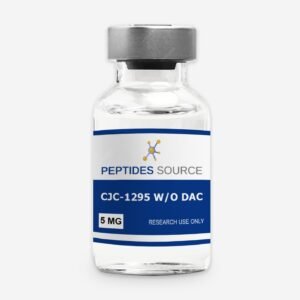GHK-CU 100mg
$60.00 - $75.00
You save
- Physical profile: Lyophilized powder
- This product is sold as a research chemical and not for human or animal consumption. For laboratory use by qualified professionals.
Availability: Ships today if ordered and paid by 12 PM EST. (Except Saturdays & Sundays)
Product Usage
This PRODUCT IS INTENDED AS A RESEARCH CHEMICAL ONLY. This designation allows the use of research chemicals strictly for in vitro testing and laboratory experimentation only. All product information available on this website is for educational purposes only. Bodily introduction of any kind into humans or animals is strictly forbidden by law. This product should only be handled by licensed, qualified professionals. This product is not a drug, food, or cosmetic and may not be misbranded, misused or mislabled as a drug, food or cosmetic.
Tightens loose skin
Enhances skin elasticity
Reduces fine lines and wrinkles
Reverses thinning of aged skin
Evens out skin texture
Prevents aging through its antioxidant effects
Accelerates Wound Healing
Improves Lung Health
Fights Hair Loss
Fights Different Cancer Types
Accelerates Nerve Regeneration
Fights Anxiety
Combats Cognitive Dysfunction
Protects the Liver
Promotes Bone Repair
Fights Inflammation
Pickart L. The human tri-peptide GHK and tissue remodeling. J BiomaterSciPolym Ed. 2008;19(8):969-88
Leyden J., Stephens T., Finkey M., Barkovic S. Skin Care Benefits of Copper Peptide Containing Eye Creams; Proceedings of the American Academy of Dermatology 60th Annual Meeting; New Orleans, LA, USA. 22–27 February 2002; p. 69
Finkley M., Appa Y., Bhandarkar S. Copper Peptide and Skin. In: Elsner P., Maibach H., editors. Cosmeceuticals and Active Cosmetics: Drugs vs. Cosmetics. Marcel Dekker; New York, NY, USA: 2005. pp. 549–563
Krüger N., et al. TopischeApplikationeinesKupfertripeptidkomplexes: Pilotstudiebeigealterter Haut. J. Dtsch. Dermatol. Ges. 2003;1
Ganceviciene, R., Liakou, A., Theodoridis, A., Makrantonaki, E., and Zouboulis, C. (2012). Skin anti-aging strategies. Dermato-Endocrinology, 4(3):308-319





